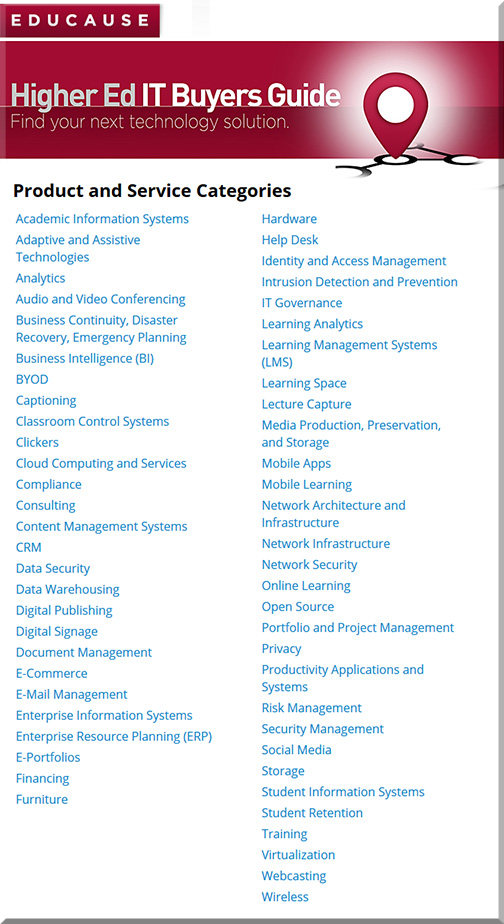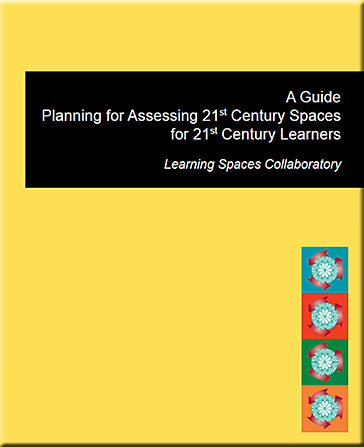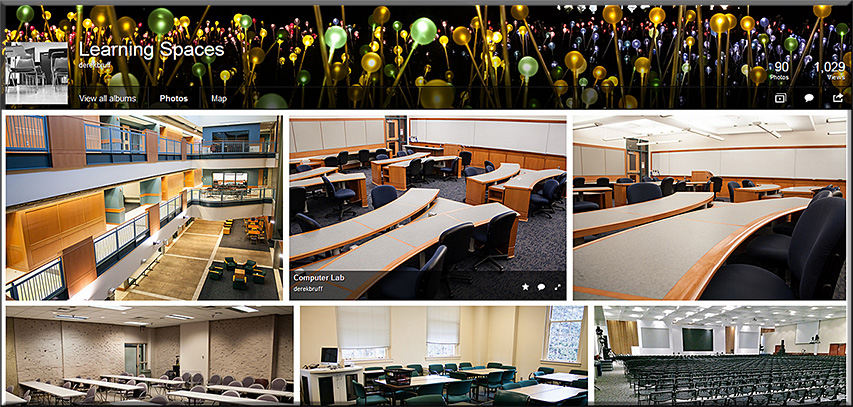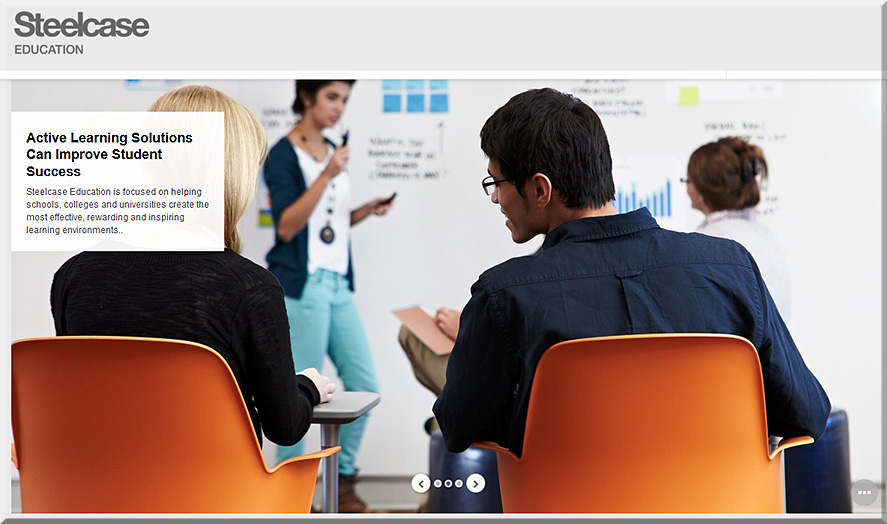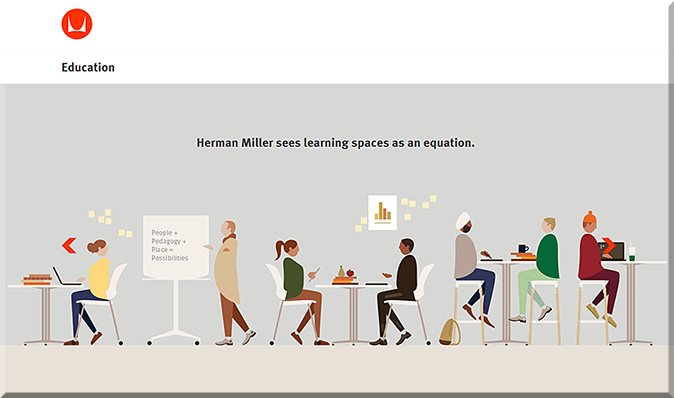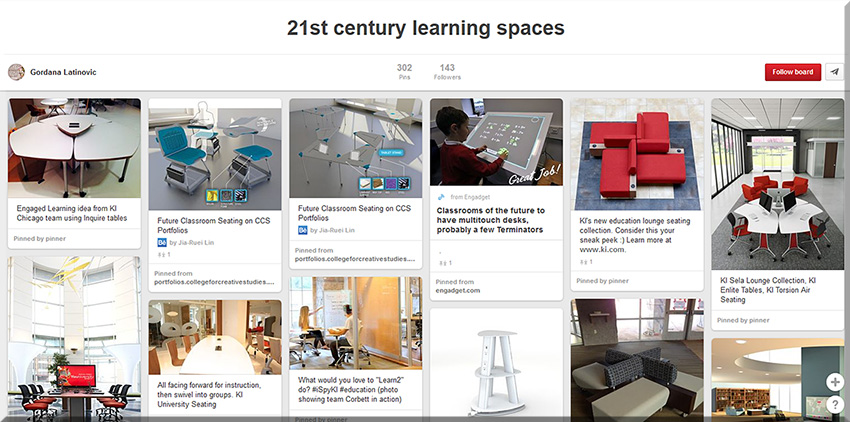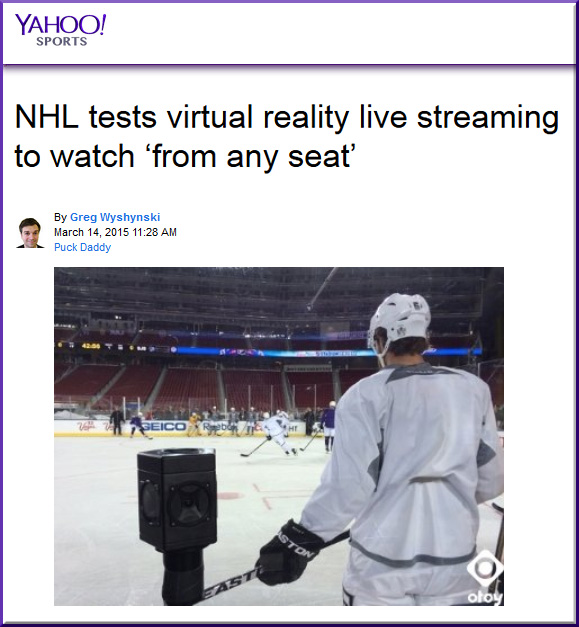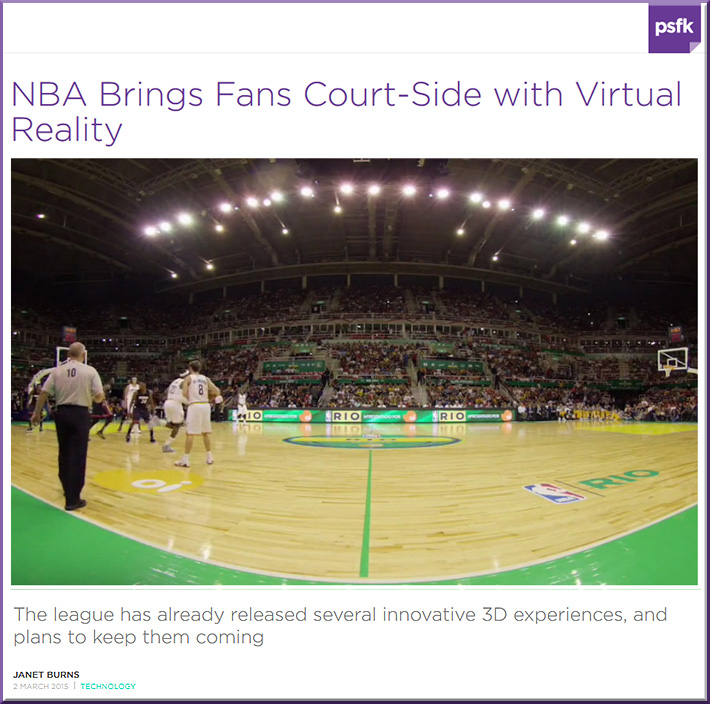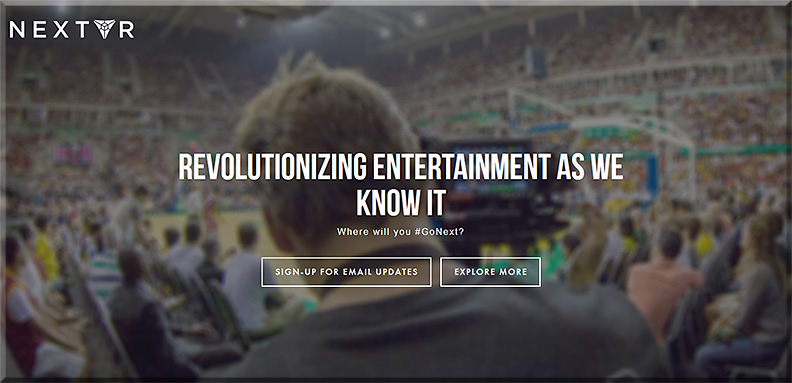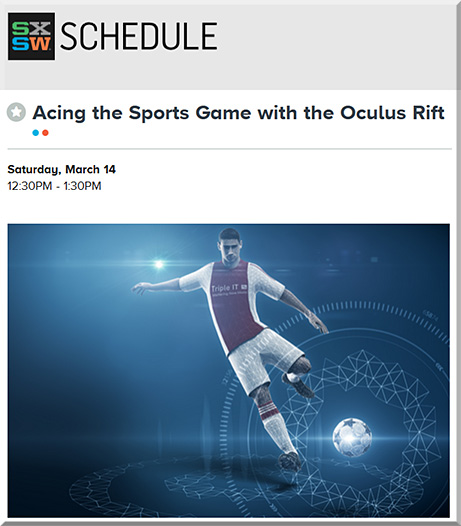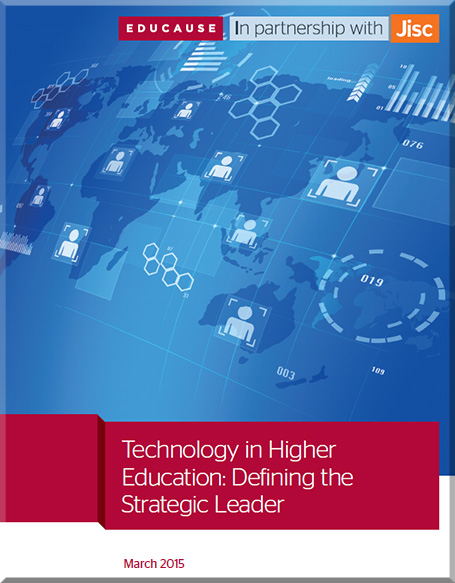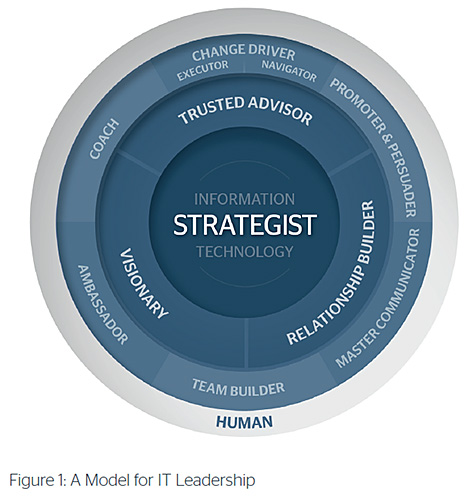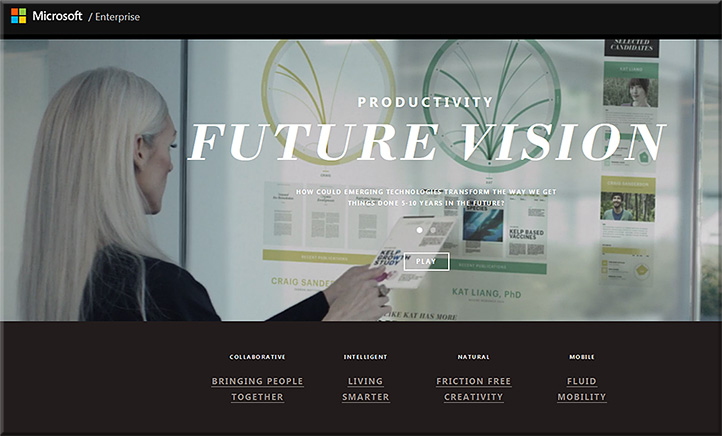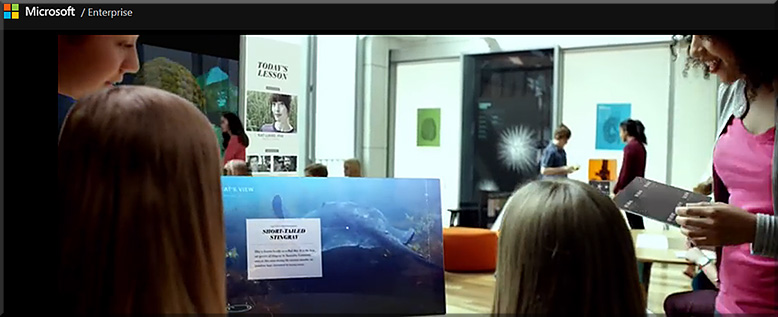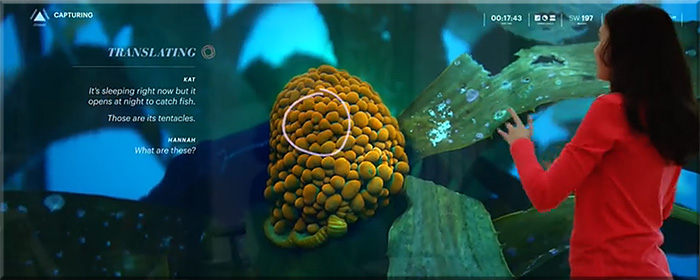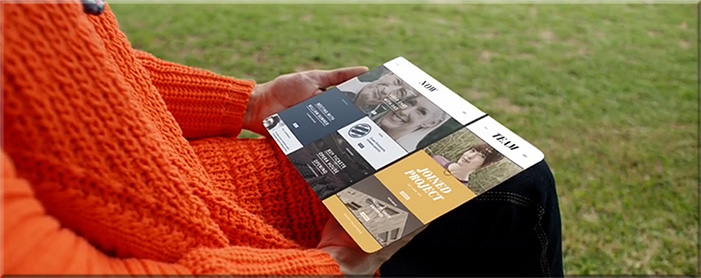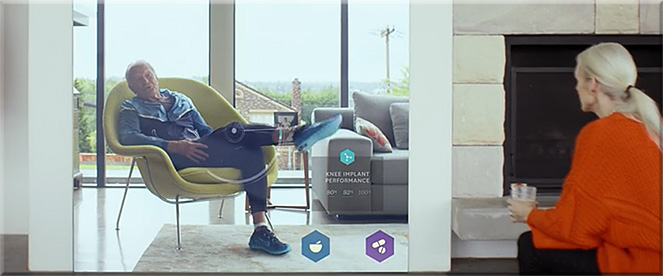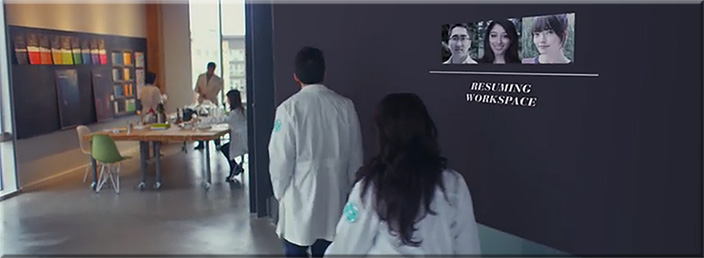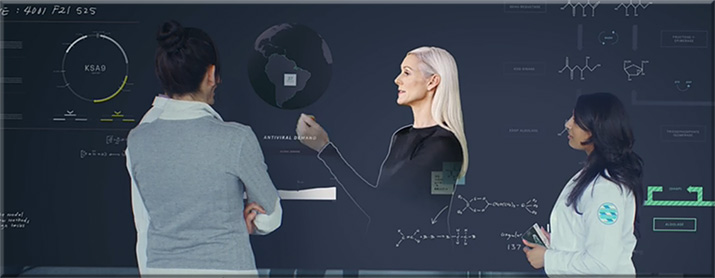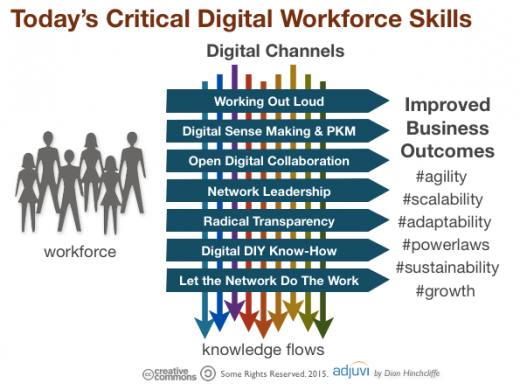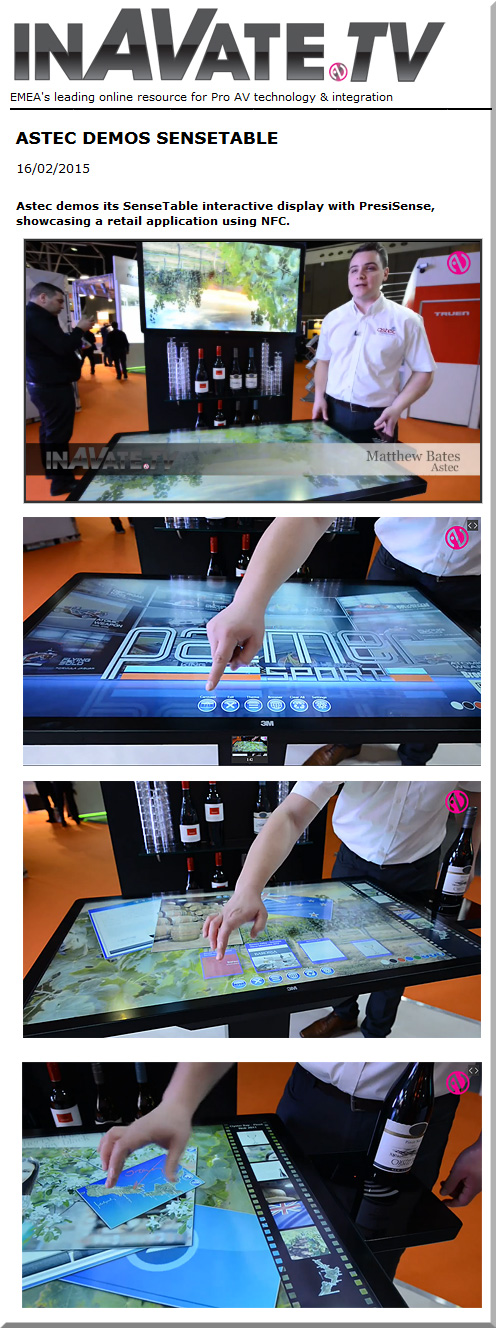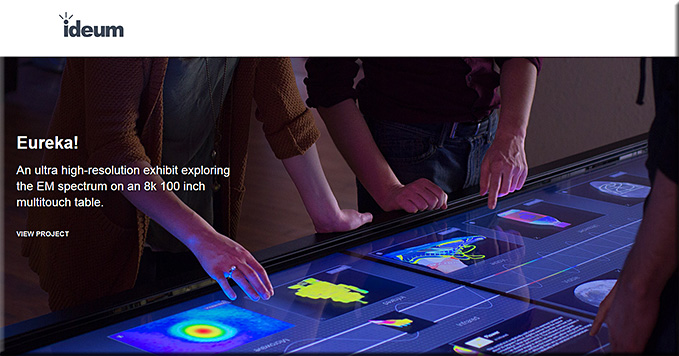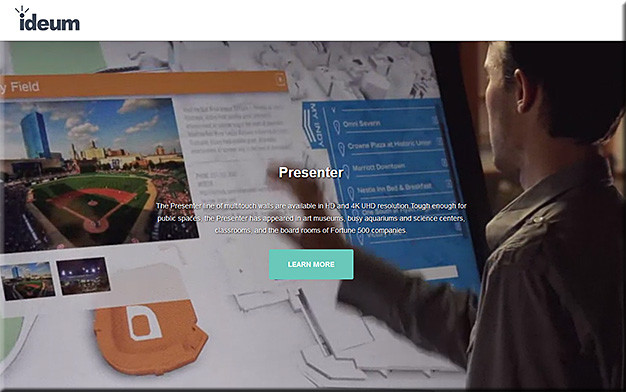That ‘useless’ liberal arts degree has become tech’s hottest ticket — from forbes.com by George Anders; with a shout out to Krista Spahr for bringing this item to my attention
Except:
What kind of boss hires a thwarted actress for a business-to-business software startup? Stewart Butterfield, Slack’s 42-year-old cofounder and CEO, whose estimated double-digit stake in the company could be worth $300 million or more. He’s the proud holder of an undergraduate degree in philosophy from Canada’s University of Victoria and a master’s degree from Cambridge in philosophy and the history of science.
“Studying philosophy taught me two things,” says Butterfield, sitting in his office in San Francisco’s South of Market district, a neighborhood almost entirely dedicated to the cult of coding. “I learned how to write really clearly. I learned how to follow an argument all the way down, which is invaluable in running meetings. And when I studied the history of science, I learned about the ways that everyone believes something is true–like the old notion of some kind of ether in the air propagating gravitational forces–until they realized that it wasn’t true.”
…
And he’s far from alone. Throughout the major U.S. tech hubs, whether Silicon Valley or Seattle, Boston or Austin, Tex., software companies are discovering that liberal arts thinking makes them stronger. Engineers may still command the biggest salaries, but at disruptive juggernauts such as Facebook and Uber, the war for talent has moved to nontechnical jobs, particularly sales and marketing. The more that audacious coders dream of changing the world, the more they need to fill their companies with social alchemists who can connect with customers–and make progress seem pleasant.
Addendum on 8/7/15:
- STEM Study Starts With Liberal Arts — from forbes.com by Chris Teare
Excerpt (emphasis DSC):
Much has been made, especially by the Return on Investment crowd, of the value of undergraduate study in the so-called STEM fields: Science, Technology, Engineering and Mathematics. Lost in the conversation is the way the true liberal arts underpin such study, often because the liberal arts are inaccurately equated solely with the humanities. From the start, the liberal arts included math and science, something I learned firsthand at St. John’s College.This topic is especially on my mind since reading the excellent article George Anders has written for Forbes: “That ‘Useless’ Liberal Arts Degree Has Become Tech’s Hottest Ticket” In this context, understanding the actual origin and purposes of the liberal arts is all the more valuable.











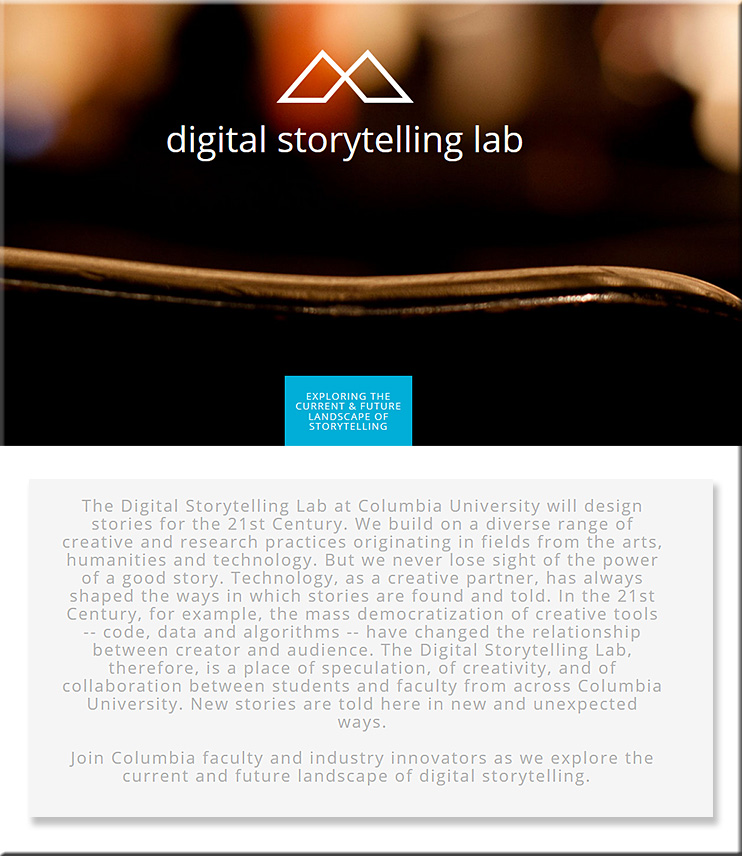


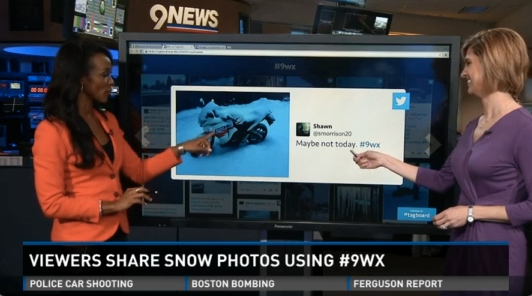
![The Living [Class] Room -- by Daniel Christian -- July 2012 -- a second device used in conjunction with a Smart/Connected TV](http://danielschristian.com/learning-ecosystems/wp-content/uploads/2012/07/The-Living-Class-Room-Daniel-S-Christian-July-2012.jpg)
